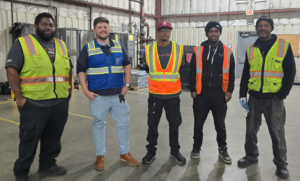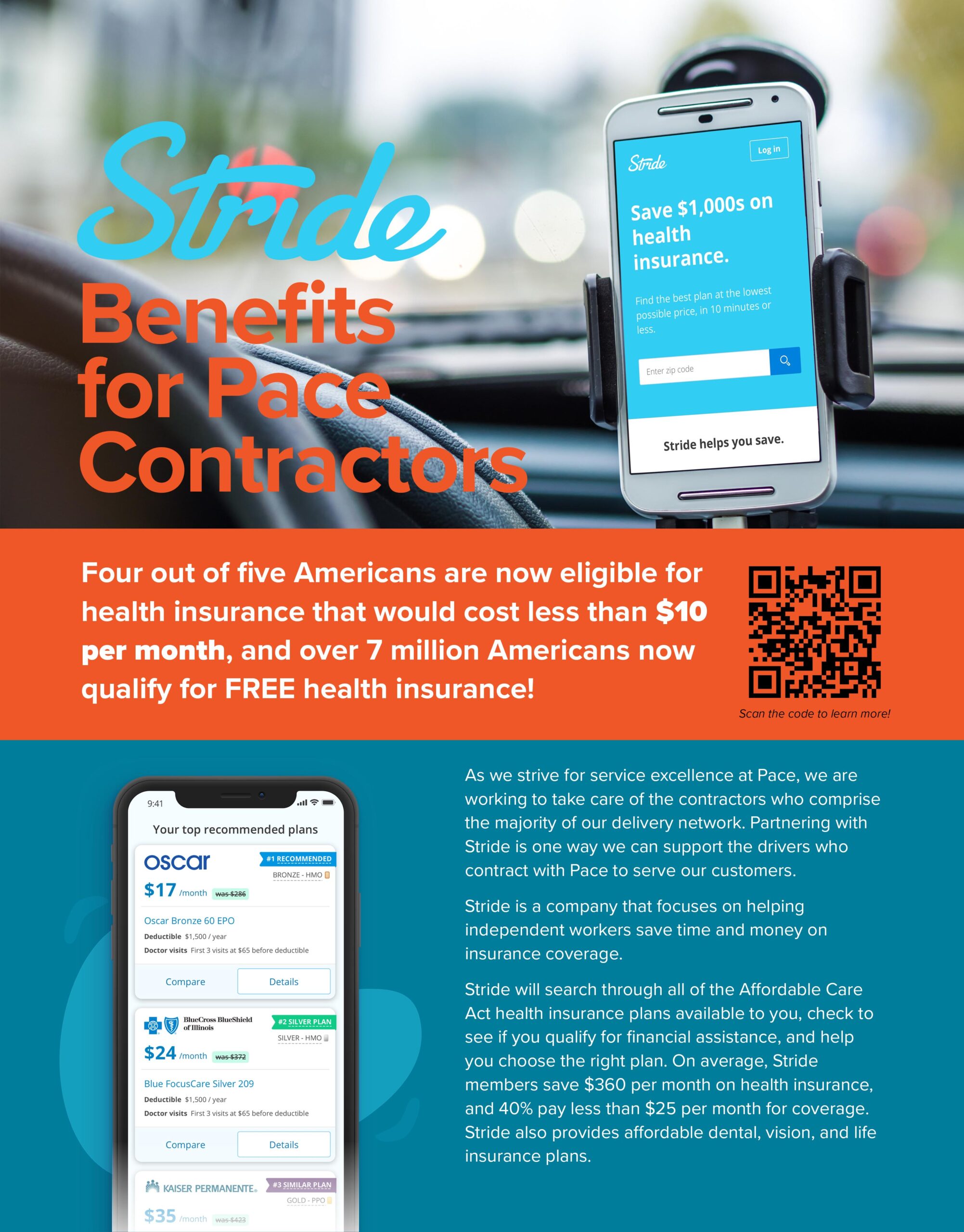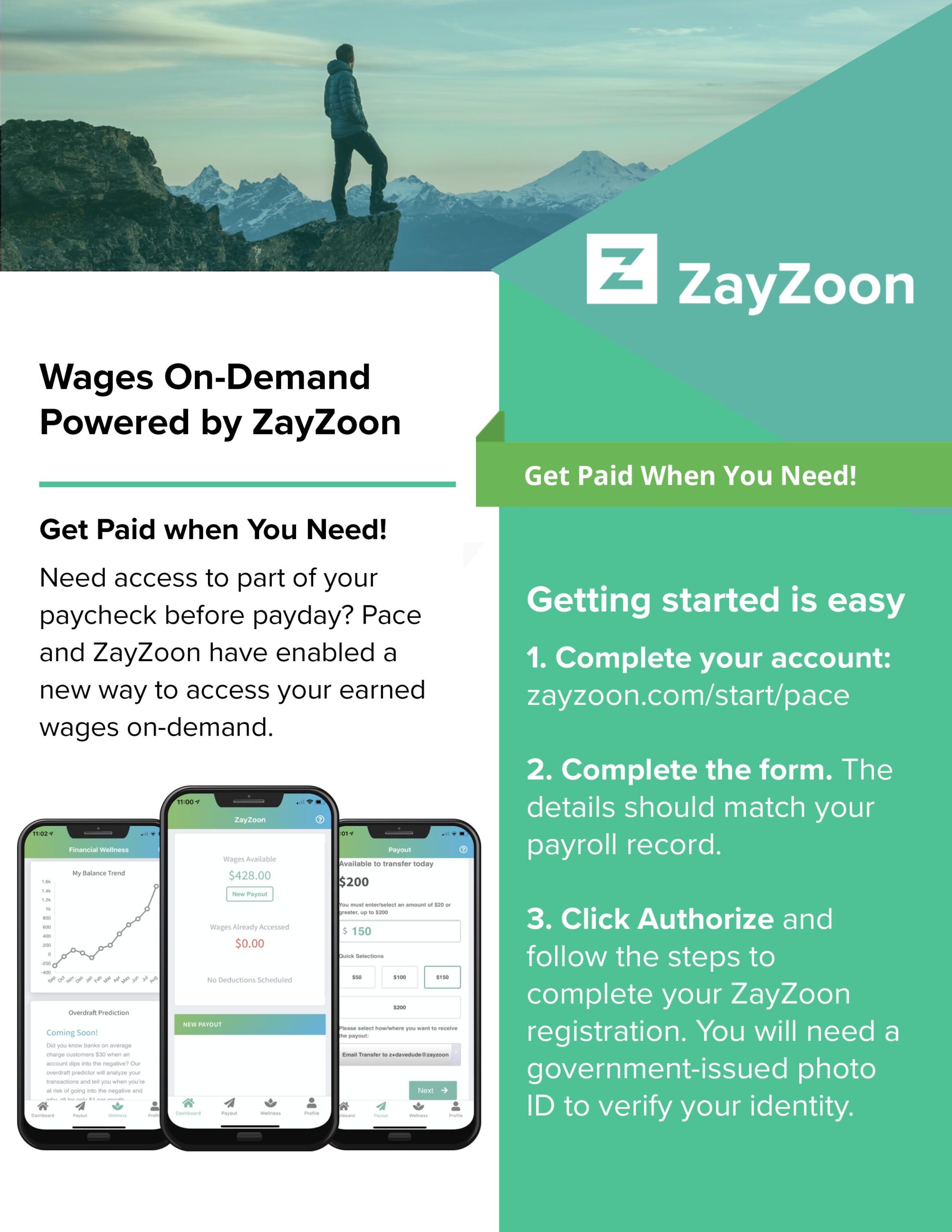
As we head into 2021, the transition from shopping offline to shopping online will continue to affect traditional retailers, and voice search will play a key role in that trend as it elevates online shopping. Learning how to please the 2021 consumer by creating a seamless and pleasurable customer experience is critical to long-term success. With the COVID-19 pandemic boosting the already hot growth of retail e-commerce during 2020, many retailers experienced a doubling of their 2019 online sales. According to Digital Commerce 360, Q3 2020 marked the second highest year-over-year growth in twenty years. Q3 2020’s performance was more than double the 18% online sales growth for Q3 2019. It was also close to two-and-a-half times the 14.6% growth rate from Q1 2020.
In tandem with these trends, new innovations are coming of age and proving to be opportunistic disruptors as we enter the new year. Whether a retailer is traditional brick-and-mortar, exclusively an e-commerce site, or providing its shoppers with omnichannel fulfillment strategies, the tools being developed to meet the demands of shoppers, such as voice search, should be given due attention.
Voice search is not, in fact, very new. It’s history dates back to 1952 when Bell Laboratories developed the first voice recognition device called Audrey. Audrey could recognize digits spoken by a single voice. At the World’s Fair in 1962, IBM introduced Shoebox, which was another voice recognition machine that could understand sixteen English words. Internationally, voice recognition was advancing as well. By 1990, Dragon Dictate was released, which was the first speech recognition software for the consumer. Voice search continued to grow, and in 2010 Google added personalized recognition on Android phones, and Google’s English voice system could understand 230 billion words.
Microsoft’s 2019 Voice report surveyed 5,000 U.S. consumers and discovered that 40% of those surveyed had attempted a purchase electronically by using their voice. The report also mentions that “search is moving from a place of answers to a state of action.” Virtual assistants, such as Apple’s Siri, Amazon’s Alexa, or Google Assistant are recently developed innovations. Amazon Alexa and Google Home are examples of today’s growing trends in voice search transitioning to action. Smart speakers are also a fast-growing consumer technology. Most include a voice command device and a virtual assistant. Many sources, including Shopify , estimate that close to 40% of consumers own a smart speaker.
Conversational Artificial Intelligence (AI) is the technology that drives a seamless voice search experience. IBM explains conversational AI as technologies that users can talk to, like voice assistants or chatbots. Microsoft suggests that conversational AI “flips the user dynamic – instead of humans learning computer code, computers are learning our language.” Interactions, a company that develops intelligent virtual assistant solutions leveraging conversational AI, explains that this innovation recognizes speech and text, understands intent, deciphers multiple languages, and mimics human conversations. As it continues to develop, the highest quality conversational AI can now complete business tasks and transactions with the same if not less effort than by interacting with a human. Full-scale uptake of voice search by retailers is still waiting in the wings, but retail brands would be well-served to pay attention to this long-developing trend.
As mentioned in The Rising Demand for Customized Final Mile Services in B2C by The Pace Logistics Lab, the COVID-19 pandemic has greatly accelerated e-commerce. In this post, we mentioned FedEx Executive Vice President and Chief Marketing/Communications Officer, Brie Carere, who said that “Several years of retail share gains have been compressed into a few months in the United States, with e-commerce as a percentage of U.S. retail increasing from 16% in calendar year 2019 to 27% in April 2020.” In Pace Launches B2C Deliveries, we noted eMarketer who indicates that “U.S. e-commerce sales will likely reach $800 billion (about $2,500 per person in the U.S.) this year, up 32.4% year-over-year from 2019, dialing up the e-commerce retail share several years ahead of forecasts from the end of last year. “ It’s clear from 2020 data that more and more consumers are transitioning from offline shopping to online shopping, where voice search plays an increasingly important role in the shopping experience.
The retailers who make both the offline and online shopping experience feel personal and effortless for their customers will align with developing trends. Customized final mile logistics service providers (LSPs) like Pace offer retailers the opportunity to focus on their future by assuring them that their B2C and B2B logistics are successfully and cost-effectively handled.











